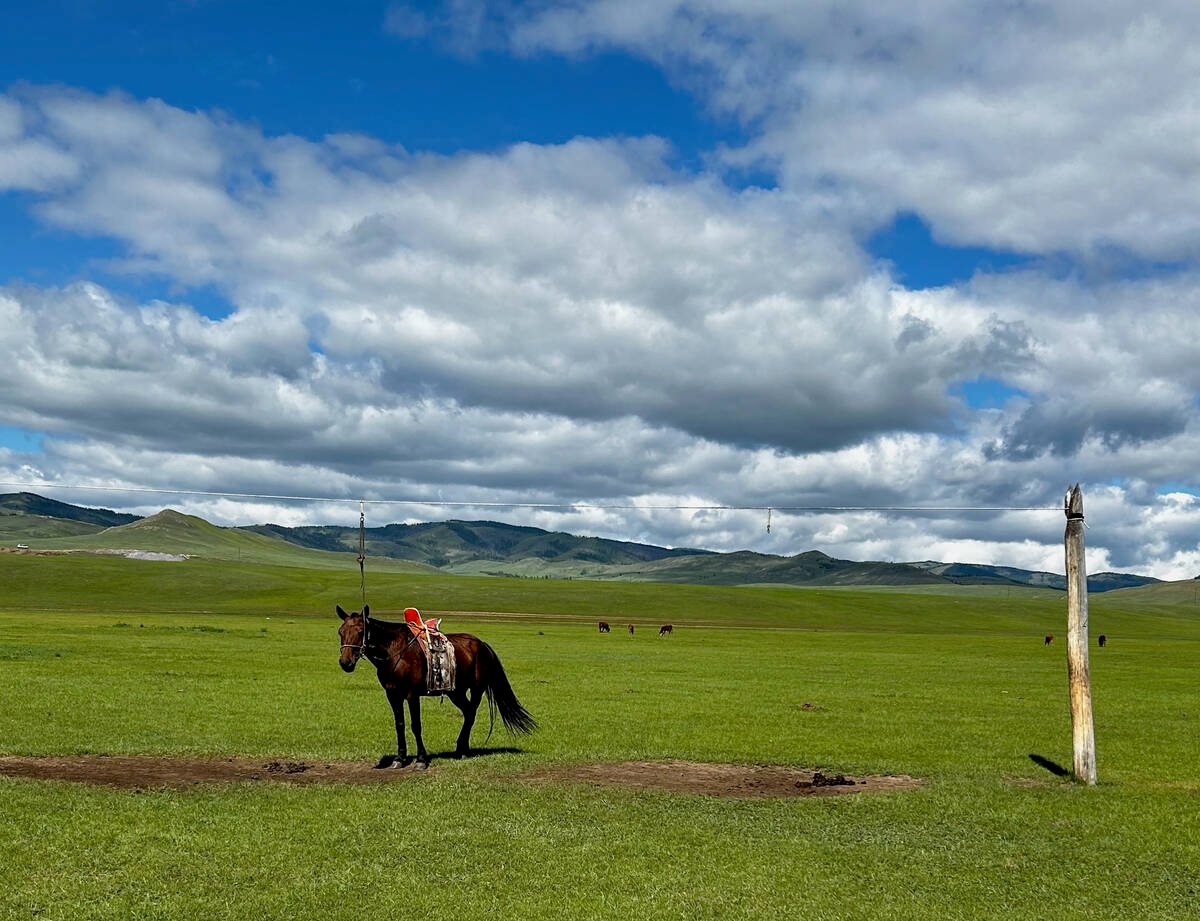It’s the annual spring challenge: farmers trying to spray for weeds during the recommended time period before wind and rain delay operations and reduce herbicide effectiveness.
Agriculture Canada researchers hope their work on the genetics of wheat competitiveness will ease that challenge.
Byron Irvine, an integrated agricultural management researcher at Agriculture Canada’s research centre in Brandon, hopes that by pointing out which wheat varieties are more competitive and by developing new wheat lines, farmers may increase the spraying window by as much as a week, providing 10-20 percent more available spraying time.
Read Also

University of Saskatchewan experts helping ‘herders’ in Mongolia
The Canadian government and the University of Saskatchewan are part of a $10 million project trying to help Mongolian farmers modernize their practices.
In wet years such as 2005, more spraying flexibility and the ability to grow more competitive crops would be an asset to producers.
In cases where weed populations are low, wheat crops that compete more vigorously could eliminate the need to spray altogether, an attractive option for conventional and organic producers.
Irvine said more competitive wheat varieties would also be welcome news for farmers who have fields that are becoming more resistant to multiple groups of wild oat herbicides.
However, he cautioned that this research doesn’t eliminate the need for herbicides.
“It’s just a tool in the tool box.”
Good herbicide management, crop rotations and sprayer technology are all key to viable weed protection and competitive genetics can support the system, he added.
Irvine said the initial data collection phase is almost complete. He expects the research team will write its report by the end of the year.
In trials researchers used Clearfield canola and winter barley to compete with the wheat in an effort to reduce the amount of labour needed to clean the crop and to provide uniform competition between the competitors and the crop.
Irvine said the project is progressing slowly and he is not yet able to recommend what wheat varieties farmers should be seeding for maximum competitiveness.
While this area of research is new for wheat, similar work with barley has found that competition with weeds happens early.
Irvine hopes to collect similar data for wheat and take it one step further, allowing researchers to identify existing competitive varieties and possibly breed new varieties.
While this project is potentially beneficial to farmers, it takes second place to wheat research in fusarium and grain quality.
“There really hasn’t been any work with this kind of competition to try and identify wheats that can deal with the presence of weeds better than others,” said Stephen Fox, a wheat breeder with Agriculture Canada’s Cereal Research Centre in Winnipeg.
“Certainly in the past there hasn’t been a drive for trying to figure that out, but there is now.”
Irvine said research of this nature will likely be limited to cereals. Private companies are doing most canola research and pulse crops are so uncompetitive that even doubling their competitiveness would have little impact on their need for weed control.
However, more than half the seeded acreage in Western Canada is made up of cereals, so this research project could have a significant impact on overall crop yield.
“If the data shows that we can detect lines that seem to compete a little better than others, and we’ve got a system that a breeding program can manage, then we’re in business,” Fox said.














